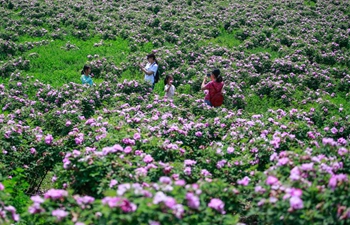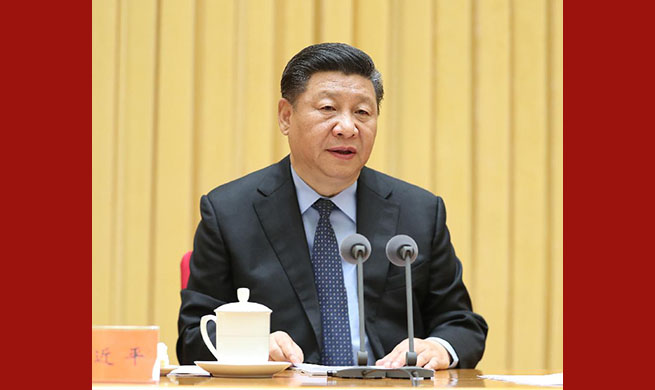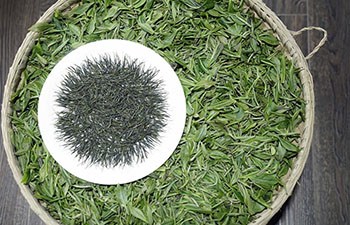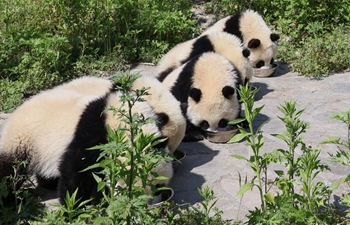BRASILIA, May 19 (Xinhua) -- Latin America's agricultural sector, which over the past decade has benefited from rising consumer demand in China, is expected to increase and diversify its exports to the Asian giant.
Experts in the sector agree China's growing appetite for imported goods has been essential in creating opportunities for the development of rural zones and new production processes.
Latin America and the Caribbean are key suppliers of food for the Chinese market, and will continue to increase their supply, according to Manuel Otero, director general of the Inter-American Institute for Cooperation on Agriculture (IICA).
"Our region already accounts for nearly a third of China's food imports. Over the past 10 years, Latin America and the Caribbean's agrifood exports to China increased from 5.6 percent of the total to 13 percent, a trend that is mainly explained by the increase in shipments to China from the Southern Cone," Otero said.
Among the products that saw the biggest growth in trade are soybean complex (soybeans, soybean oil and soybean meal), beef, poultry, sugar and fruits.
Two factors will continue to increase food supplies of Latin America and the Caribbean to China, Otero noted.
"China has to feed 22 percent of the world's population with limited water and arable land," he said, adding that China "designates 7 percent of its land for agriculture and it has only 6 percent of the world's water resources."
Latin American countries, along with African nations, have the highest potential to raise their agricultural output, possibly even to double the current output levels, he said.
"Latin America and the Caribbean accounts for more than a fourth of the world's arable land and a third of the world's freshwater. In addition, it is the region with the greatest potential to incorporate new land into agricultural production," said the IICA chief.
Pedro Henriques Pereira, an international relations adviser at Brazil's Confederation of Agriculture and Cattleranching, said sales to China have grown considerably over the past decade.
"Ten years ago, China overtook the United States to become the second-leading destination for Brazilian agricultural goods, only after the European Union (EU). In 2013, China finally overtook the EU and became the No.1 buyer of Brazilian agricultural products," said Pereira.
Since 2014, there was a slight dip in trade as a result of Brazil's political and economic instability. But in 2017, trade picked up again and the country saw the biggest rise in shipments to China.
That change was driven by a bumper year in agriculture in Brazil, which led to a 41 percent increase in soy exports to China, along with higher sales of beef and cellulose.
"The growth in (export) value is undeniable. It jumped from 8 billion U.S. dollars in agricultural products in 2008 to nearly 27 billion U.S. dollars in 2017, a surprising increase in 10 years, in quantitative terms," said Pereira.
However in qualitative terms, Brazil needs to take better advantage of its closer trade ties with China and try to diversify its exports.
"The products exported are practically the same ones as 10 years ago. I think the big challenge in the next few years is to diversify our exports and add value. It's a process that takes time and demands action by the Brazilian government and the private sector," said the adviser.
Still, Brazil's agricultural sector is expecting to see increased exports to China, driven by growing and ever more sophisticated consumer demand.
"We did a study of trade potential with China, and we identified at least 97 Brazilian agribusiness products with the potential to grow," he said.
"There's a revolution in the consumer habits of the Chinese population. Not only did the living standards of the Chinese increase, consuming products with higher added value and more animal products, but also the public became more demanding and aware of what they are consuming," he added.
That awareness has led to Chinese consumers being more concerned about such issues as the environment, climate change, production methods, food safety and animal welfare, he noted.

















